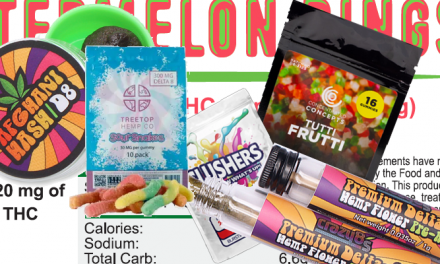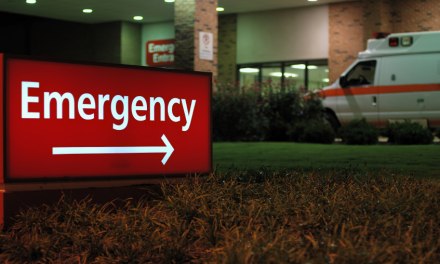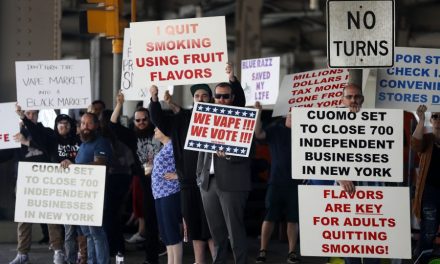The New York Times has a long piece on buprenorphine. They bend over backwards to be fair– leading with a testimonial from a satisfied user– but overall the picture remains grim. We haven’t handled buprenorphine very well, and it shows.
In reality, signs of an emerging problem have been clear. Mysteriously, few in the healthcare establishment have been eager to listen. Some appear to have clapped their hands over the ears and hummed loudly to prevent the information from seeping in.
Why? Partly it’s that old bugaboo, the conflict of interest. Money’s been talking, or rather hollering, the way it often does in the pharmaceutical business.
Put it in perspective: In buprenorphine, our pharmaceutical industry has come up with a fantastic new revenue generator to replace some of the revenue from the overpotent opioids they were pushing a few years back. (Actually, they’re still coming up with new opioids.)
It was prescription drugs that began the current epidemic, one that’s now moved on to heroin the way the cocaine problem of the 70’s and 80’s became the crack problem of the 80’s and 90’s.
The best summary I’ve found of the origins of this epidemic is here.
To sum it up briefly: Some really bad research was used to convince docs that there was an ’emergency’ need for more potent opioids to treat chronic pain, and that when used properly, these new, more potent opioids presented little or no danger that the user would become addicted.
That turned out to be BS. Surprise.
The result: We’re in a drug epidemic with no South American cartels or Afghan drug lords to vilify. And with some elements in Big Pharma, and some docs, figuring how to get rich off it.
Right– that’s the same combo that got us here.
It’s my belief that many physicians, even the uncommonly brilliant and passionate ones, can have a major blind spot when it comes to the meds they prescribe. Somehow, they convince themselves that a medication is safe because they they prescribed it.
Our dilemma: America needs buprenorphine. We’re in the middle of an opioid epidemic, for God’s sake, we need all the help we can get. But that doesn’t mean we must turn off our critical faculties when considering how best to use it. In fact, that’s when we need to be most skeptical.
By the way, what’s the best way to use buprenorphine, or any powerful opioid in addiction treatment? In supervised programs alongside supportive therapy and genuine (as opposed to phony) monitoring.
What you’ll hear: The need is so acute that we can’t afford to restrict it in any way because then we’d deprive patients of access to this valuable medication and promote needless suffering.
Yes, those are the same arguments we heard from advocates for Oxycontin etc. more than a decade ago.
I want to apologize for sounding annoyed with the healthcare establishment. Some of my best friends are healthcare practitioners, yada yada. But that doesn’t mean I have to turn off my higher brain functions when considering their actions. We need accountability, and that’s not it.
My motto as we set about cleaning up the mess we’ve made, comes from the old Pogo comic strip: “We have met the enemy, and he is us.”














Trackbacks/Pingbacks